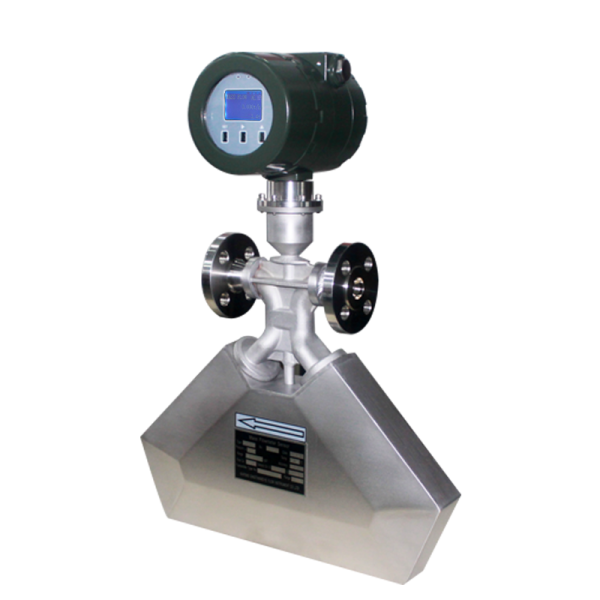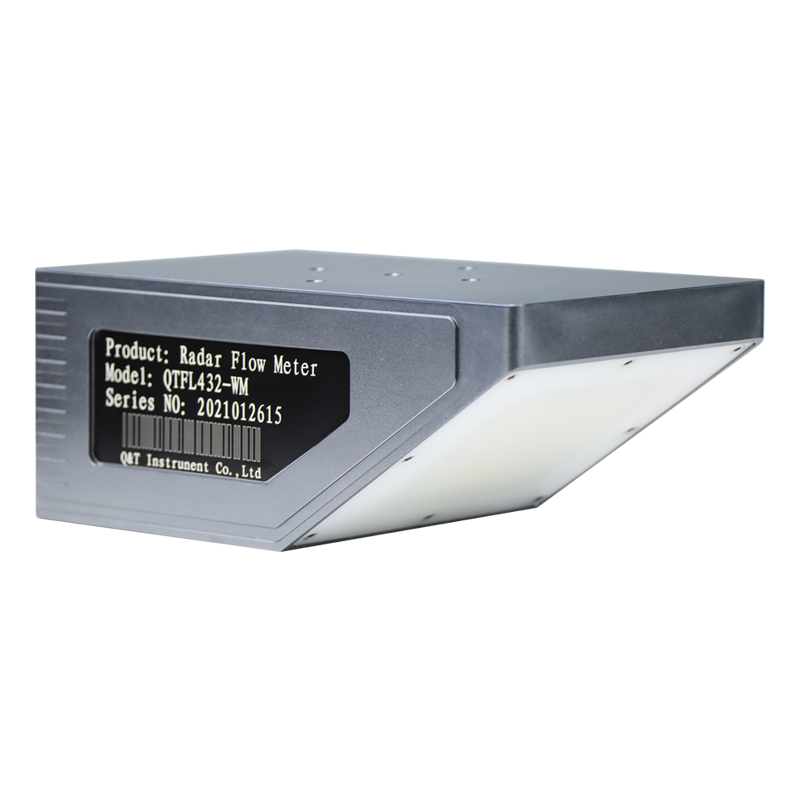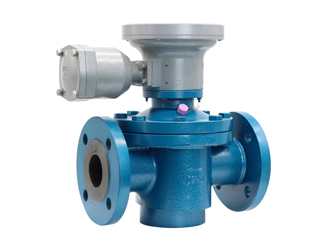Advantages and disadvantages of wireless remote water meter
The wireless remote water meter transmits the flowmeter data remotely through wireless signals, which not only does not disturb residents, but also ensures that households and water supply companies can collect accurate water prices in a timely manner and provide users with better services. However, sometimes data cannot be read due to unstable communication methods and frequency interference. In recent years, with the emergence of network methods and technologies such as WLAN, 3G, Internet of Things, and mesh, wireless remote water meters have been well optimized, but there are also shortcomings. This article will detail the advantages and disadvantages of wireless remote water meters.
The advantages of wireless remote water meter
1. A large amount of distance ratio: the initial flow of 5L/h, using electronic tracking compensation technology, the distance ratio reaches R250.
2. Long service life: Remove the short-lived and complex plastic gear drive components from the existing mechanical clock, and change the bearing components that affect accuracy and are easy to wear into wear-resistant ceramics, so that the working stability and service life of the flowmeter are improved by one times.
3. Low power consumption: Using low power consumption technology, the average working current is less than 20 mA, so that a battery can accumulate for 10 years.
4. High measurement accuracy: Using special algorithms and a large amount of experimental data, the measurement sensitivity can reach 0.01 ml.
5. Strong anti-interference ability: The signal is selected without magnetic force, so it can resist external strong magnetic interference.
6. Remote copy and read: Support remote M-bus copy and patrol.
7. Reliable and safe nuclear power plants: The photoelectric isolation design of nuclear power plants supports unlimited real-time meter reading, and can effectively resist the interference of strong magnetism, strong electricity and lightning.
8. High protection level: Using the isobaric technology inside and outside the circuit box, the water system can reach the IP68 protection level.
9. Intelligent platform: Provide real-time measurement of price ladders, long-distance transmission of information, mass information storage, remote water tank status self-check, remote monitoring and other functions.
10. Easy to maintain: circuit box, battery, flowmeter are composed of removable structures that support field replacement parts and batteries.
Disadvantages of wireless remote water meter
1. The communication method generates additional traffic charges
Wireless flow meter using the wireless signal provided by the provider: There will be additional monthly traffic charges.
2. Frequency interference
The currently used wireless short-wave communication method mainly uses the 470~510Mhz frequency band, which belongs to the national open wireless meter frequency band, and the frequency band signal is not restricted, but because this frequency band is an open frequency band, there may be interference.
3. Use and replacement of batteries
The wireless remote water meter is powered by a meter-side battery, using two types of batteries: 1) lithium battery; 2) dry battery. The main difference between the two batteries is the replacement method. The use of dry batteries can be convenient for users to replace by themselves, so as to avoid affecting the user's water use due to the lack of power in the battery. The use of lithium batteries requires specialized maintenance personnel to come and replace them.
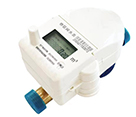



.jpg)
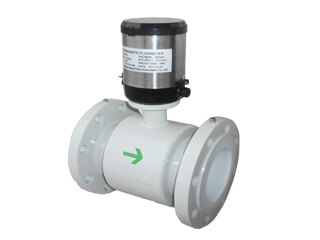
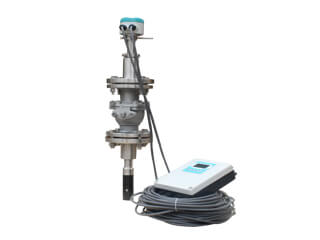
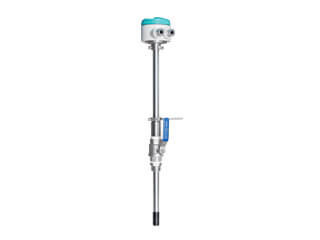
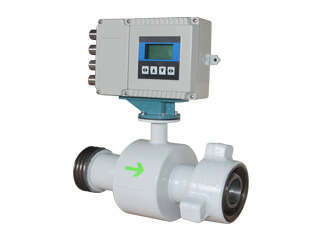
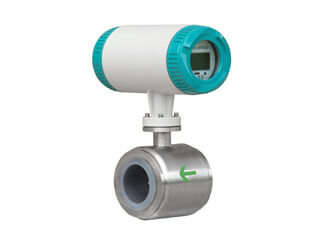
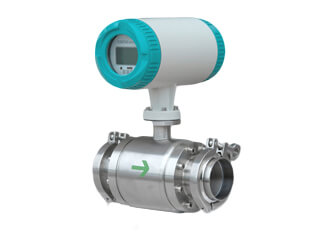
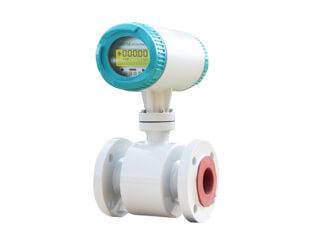
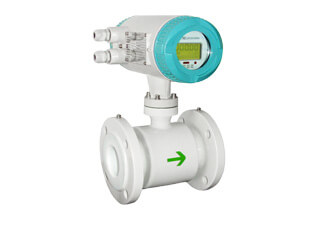
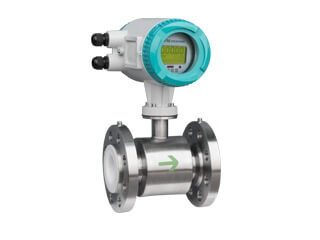
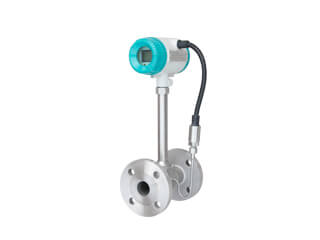
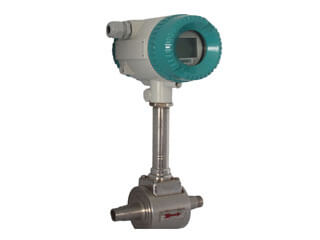
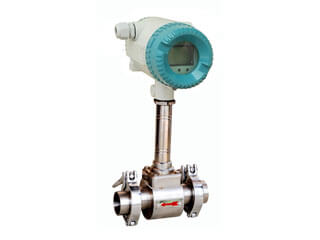
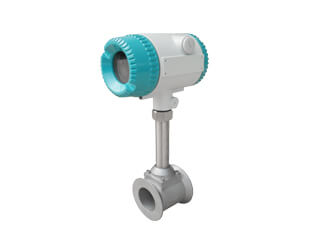
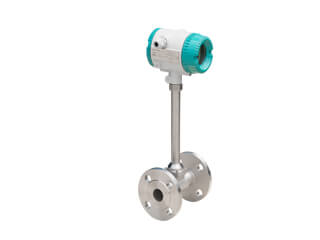
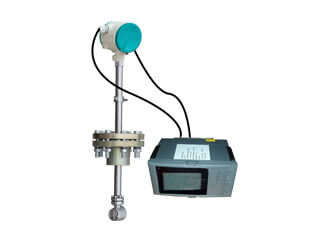
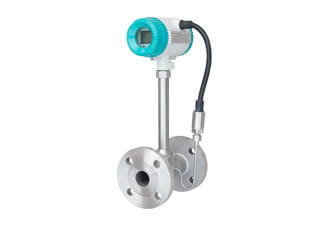
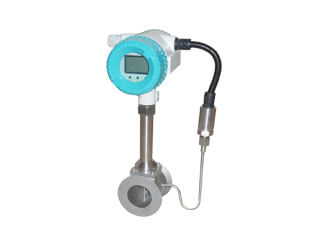
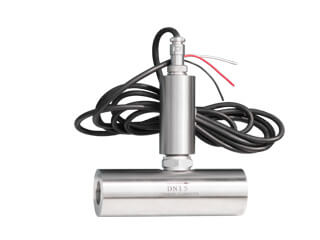
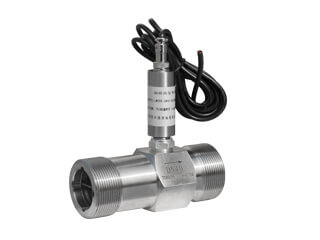
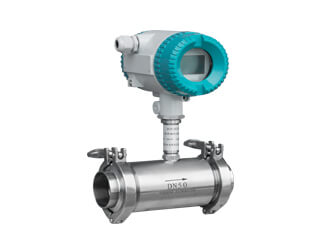
.jpg)
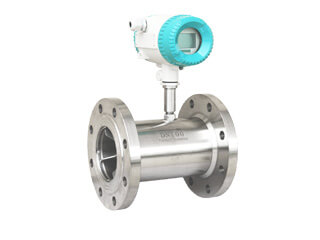
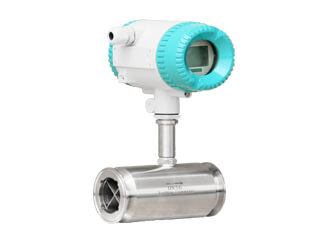
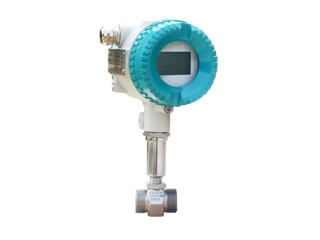
.jpg)
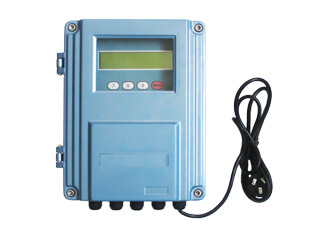
.jpg)
.jpg)
.jpg)
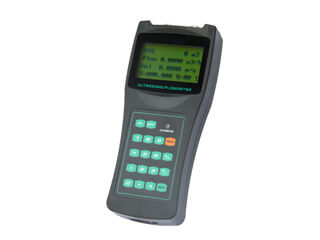
.jpg)
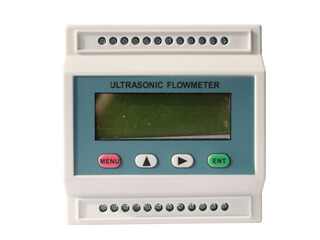
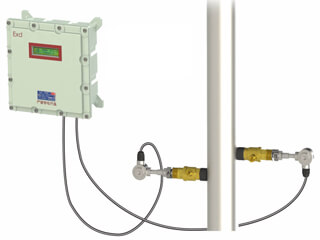
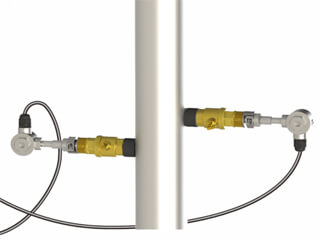
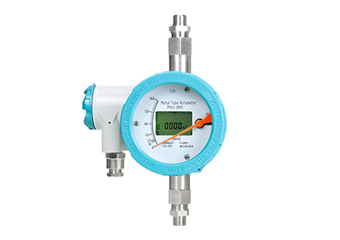
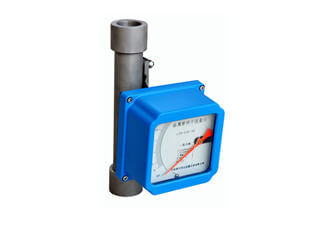
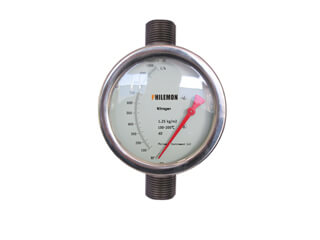
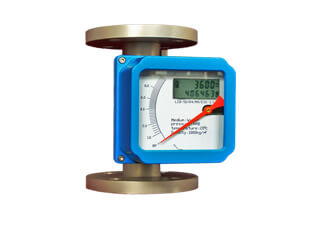
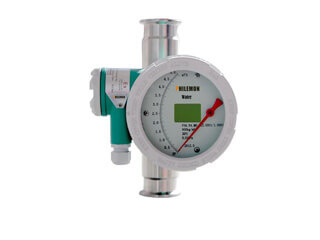
.jpg)
.jpg)
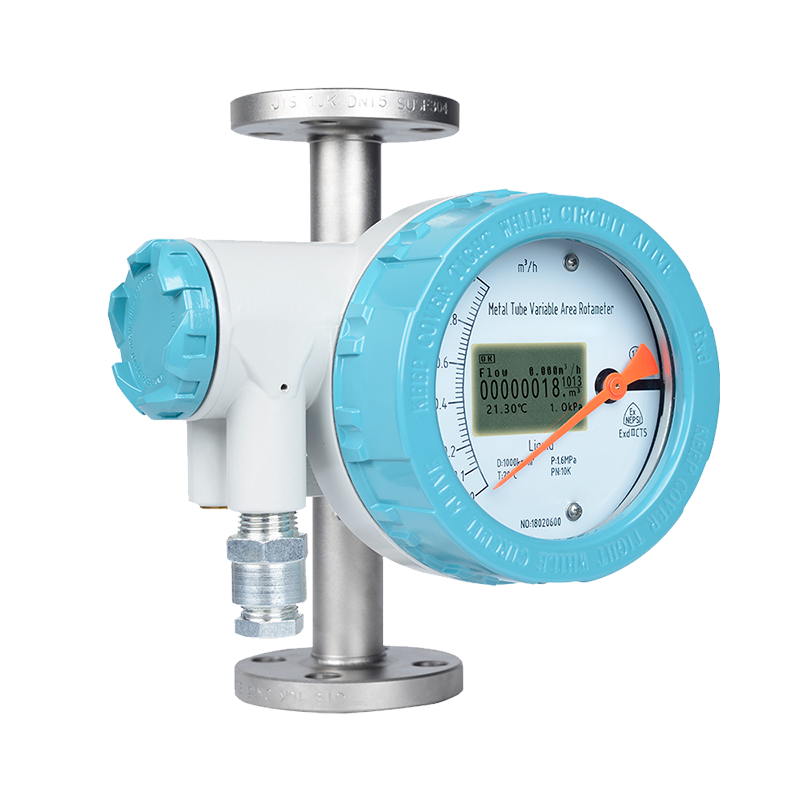
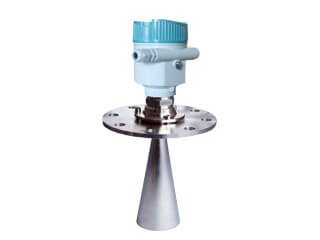
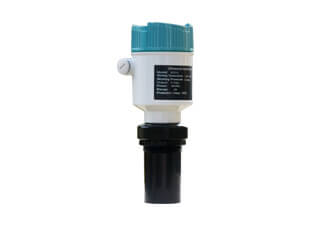
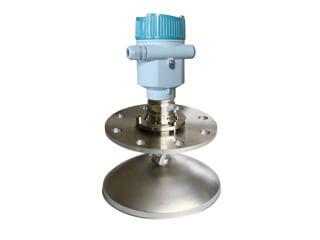
.jpg)
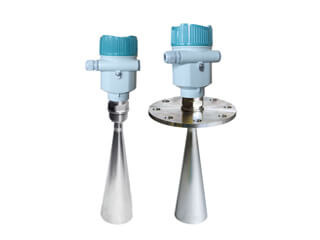
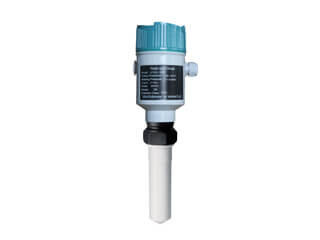
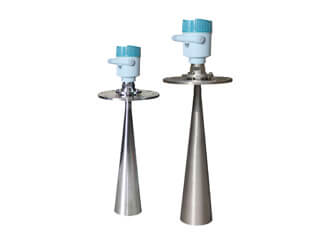
.jpg)
.jpg)
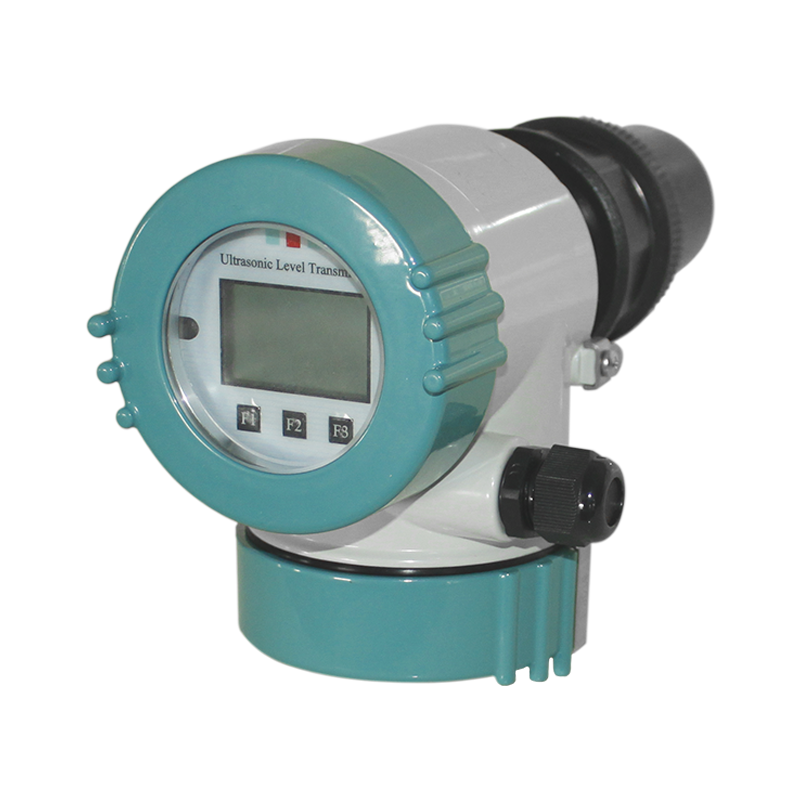
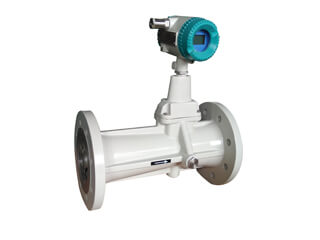
.jpg)
.png)
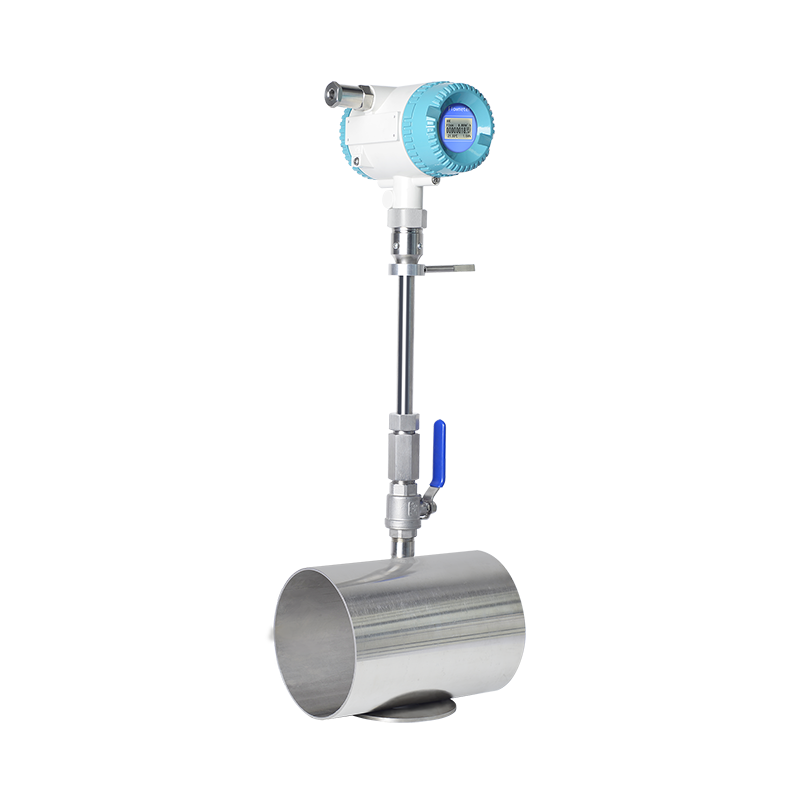
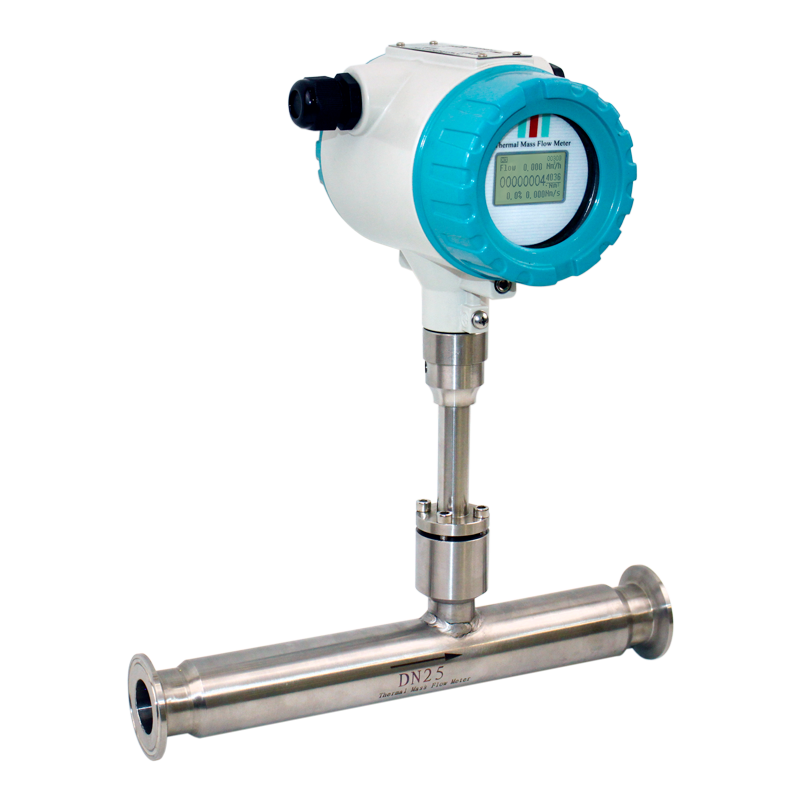
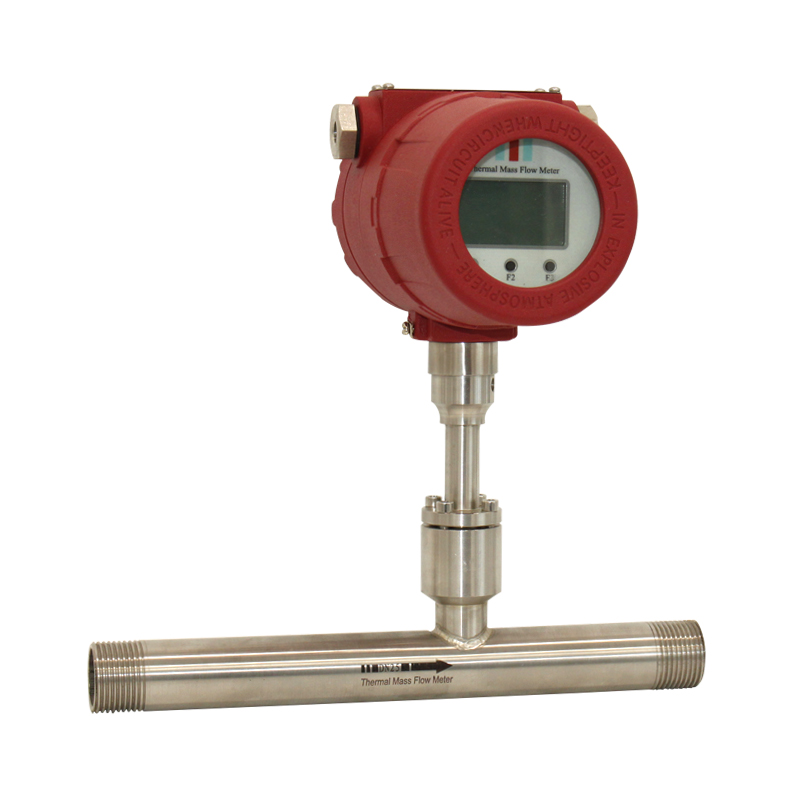
.jpg)
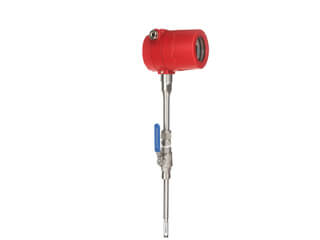
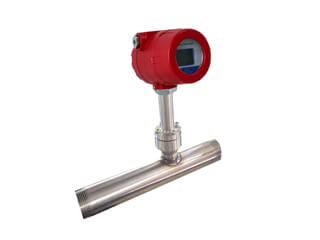
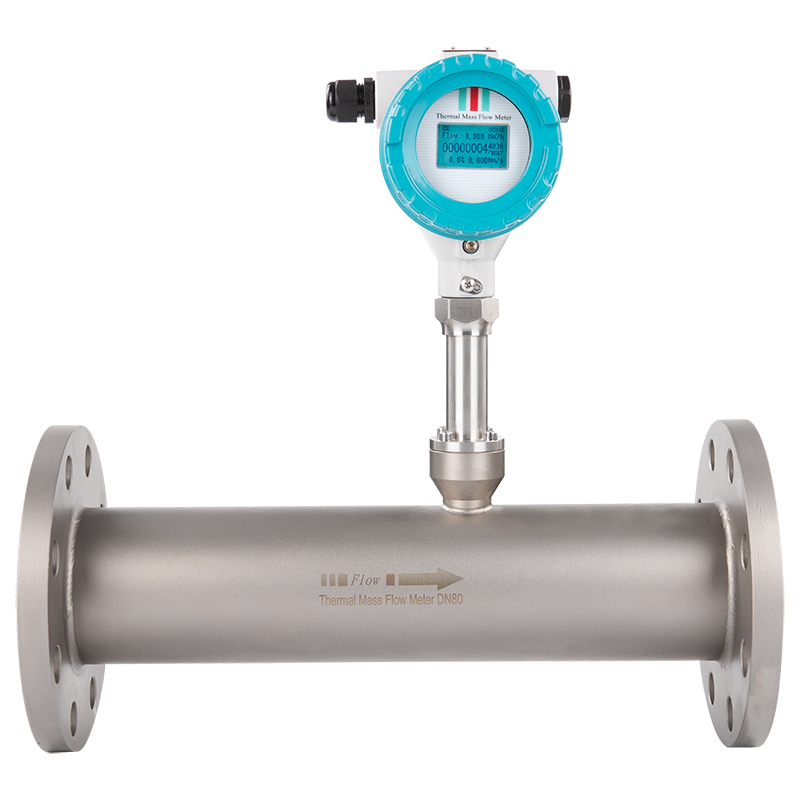
.png)
